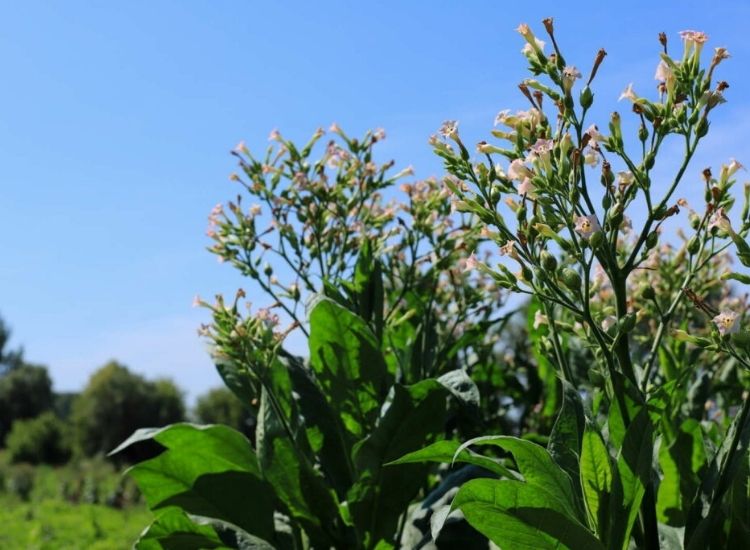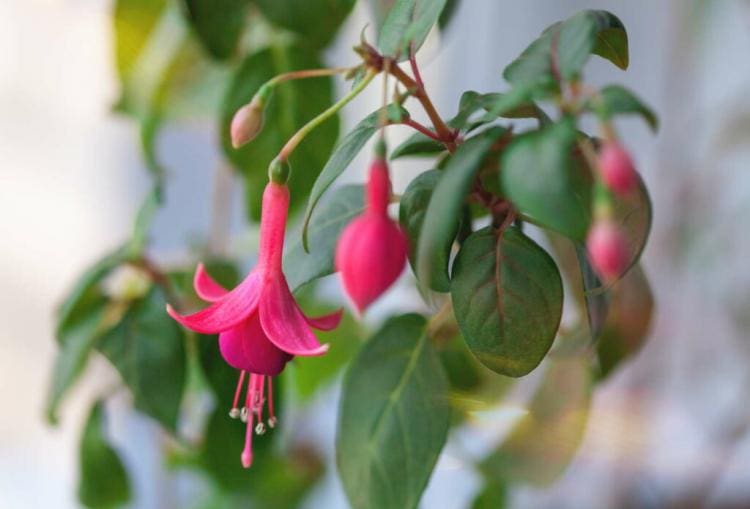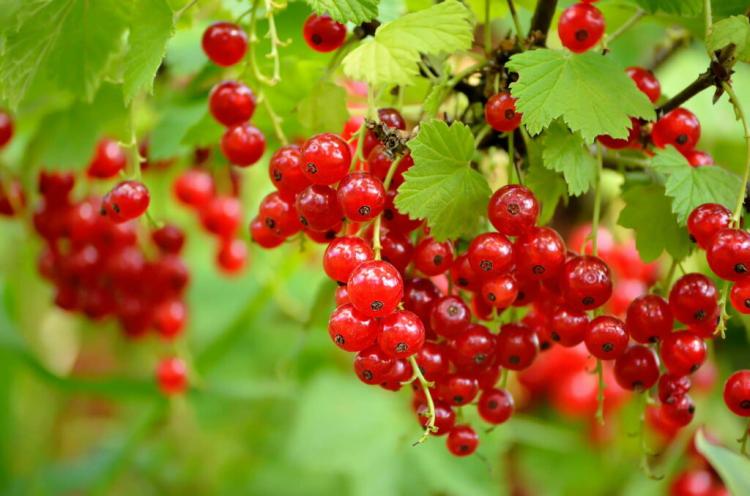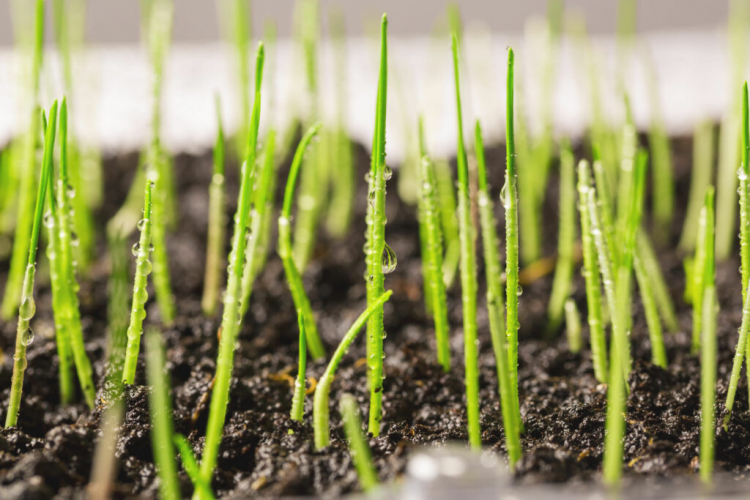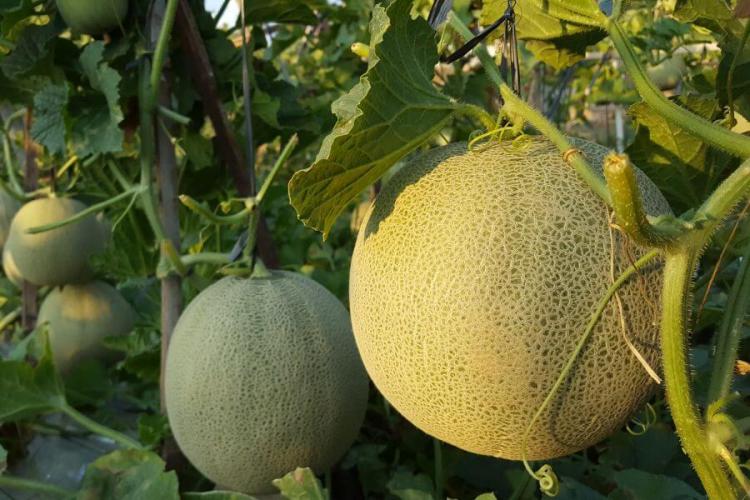Hawthorn Plants And Use
Whether as a hawthorn tree or as a decorative hawthorn hedge – the diverse genus Crataegus has a place in every garden. Find out everything about the properties, requirements, and planting of hawthorns.
Hawthorns are a variety of trees or shrubs that are an important source of food for insects, mammals, and birds. We introduce you to the genus Crataegus and provide important information on planting, caring for, and using hawthorns.
Hawthorn: flowering, characteristics, and origin
Table of Contents
The genus hawthorn ( Crataegus ) contains around 1200 species, of which around 90 are in Eurasia and 1100 in North America. The name comes from the Greek “krataigos”, which means “hard” or “solid” and probably refers to the wood of the hawthorn. All hawthorn species belong to the rose family (Rosaceae).
Depending on the species, the hawthorn grows as a tree or shrub with thorny shoots. The deep root system and the coarse foliage allow the hawthorn to thrive even in the heat, dryness, and low humidity. In terms of location, the rose plants are generally extremely adaptable and undemanding. The leaves of the hawthorn are simple, serrated, or lobed and sometimes have a splendid autumn color in bright yellow and orange tones. The white, pink, or red flowers of the hawthorn are grouped in clusters or panicles.
The abundant nectar produced in the flowering period from May to June is extremely valuable for the domestic insect world. The fruits that ripen from September are often referred to as “hawthorn berries”, but like apples ( malus ) belong to the pome and form so-called follicle fruits. The abundant hawthorn fruit hanging is used by birds and mammals as food in the cold season. You can get an overview of the most famous hawthorn species in our special article.

Planting hawthorn: location, planting time
The great diversity of hawthorn species naturally also brings with it a wide range of needs. However, the following location requirements apply to the hawthorn species that we can cultivate: Hawthorn bushes or small trees are adaptable and tolerate many types of soil and locations. They prefer medium-heavy, nutrient-rich, lime-rich, and deep, dry to fresh soils. Lean, drier, and stony locations in sunny to partially shaded locations are also tolerated.
When choosing plants, one should note that older and larger hawthorns do not grow well. Hawthorn high trunks are often offered but rarely thrive well after transplanting and only very slowly form a sufficient root system. With an annual growth of 25 to 30 cm, even small-transplanted shrubs develop quickly and form a stately wood over the years.
You might so like: Service Tree: Planting And Caring For The Rare Tree
The ideal planting time for hawthorns is in late autumn between October and the end of November and in early spring before the leaves shoot in March. If the hawthorn is placed in a single position, a distance of two to three meters should be maintained on all sides. If you plant hawthorn as a hedge, the planting distance is much smaller at 40 to 60 cm, so that a dense bush develops. In near-natural flowering hedges, however, the distance can also be significantly greater. Once the right location for the hawthorn has been selected, it is time to plant:
- Dig a large planting hole, at least 1.5 times the size of the root ball.
- Improve the excavated soil with a little ripe compost or Gardender organic soil activator, mix both well.
- Place hawthorn in the planting hole, fill up with soil mixture and press down firmly.
- Shape the pouring rim and water the hawthorn well.
- In the case of tall trunks, a stable tree connection, consisting of at least two tree stakes, must be set. This serves to prevent tipping over and stabilize the bale in the ground. This way the hawthorn grows better.

The most important maintenance measures
Hawthorns are generally easy to care for, but they too benefit from small touches.
Fertilize and water hawthorn
Hawthorns have a low to medium nutritional requirement. A dose of ripe compost or mainly organic slow-release fertilizer is usually sufficient for the whole year. Separate nutrients should be added to poor locations and after heavy pruning.
Well-grown hawthorns no longer have to be watered, only the freshly set shrubs should be regularly supplied with water in the first few weeks and during the first summer.
You might so like: Wintering fig trees: expert tips & hardy varieties
Cut hawthorn
Hawthorns are very pruning, they recover quickly, even from heavy pruning, and reliably sprout fresh. Therefore, they can also be kept in good shape and trimmed in height and width without causing long-term damage to the plants. The robust plants can also be grown as hawthorn bonsai. You do not necessarily have to cut hawthorns in hedges or on their own if there is enough space.
Diseases and pests
Similar to apples and pears ( Pyrus communis ), the related hawthorns can also be attacked by numerous fruit tree diseases. These include notifiable fire blight ( Erwinia amylovora ), which is life-threatening for the plant, fruit tree cancer ( Neonectria galligena ), powdery mildew ( Erysiphaceae), rust diseases, and leaf spots caused by Septoria. Aphids ( Aphidoidea ), spider moths (Yponomeutidae ), cherry wasp (Caliroa cerasi ), the blue sieve ( Zeuzera pyrina ), and the hawthorn gall mosquito ( Dasineura crataegi ) are observed as pests.
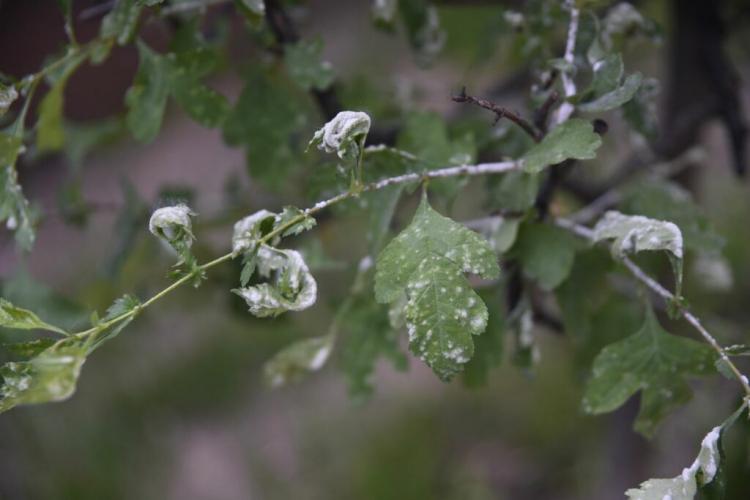
Propagate hawthorn
The kernels from the fruits can be used for propagation via seeds. The edible hawthorn fruits usually have one to three kernels, which have to be washed out and separated from the pulp immediately after harvest. As a cold germ, they need a week-long cold period, which breaks down the dormancy of the hawthorn seeds. If you sow the seeds in the garden in November or December, the chances are high that they will germinate in the coming spring.
Cuttings about 10 cm long are cut from the fresh, soft shoots in summer. Now remove all leaves except for the tip and stick them deep in a nutrient-poor potting soil, half of which has been topped up with sand. The cuttings are placed in light and at 15 to 20 ° C and should always be kept moist for the next few weeks.
The best way to do this is to use the correct propagation via subsoilers. For this purpose, a leafless shoot is brought to the ground in autumn and, for example, fixed underground with the help of a wire. Only the tip of the shoot is still peeking out, while new roots form along with the buried shoot. In the following autumn, enough roots have formed and the shoot can be separated from the mother plant and transplanted again. Hawthorns can also multiply this way on their own. But if you want another plant soon, you can accelerate the process in this way.
Is hawthorn poisonous?
Hawthorns are not poisonous, their leaves, flowers, and fruits are used in folk medicine. The fruits of the hawthorn can be eaten raw and pose no risk to humans or animals.
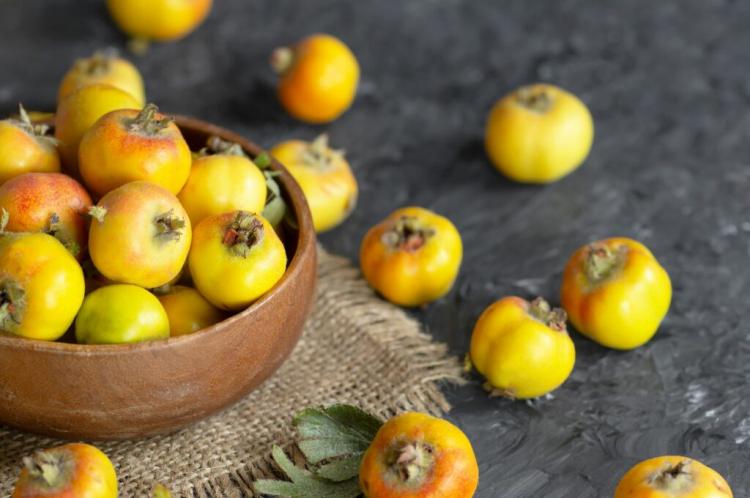
Hawthorn: medicinal properties and uses of the fruit
The harvest time for the hawthorn fruits begins between September and October, depending on the species. The ripe, then mostly floury fruits can be harvested into December. Birds and small mammals use numerous fruits as winter food. The easiest way to cut them off is a sitting bundled with secateurs. The taste of hawthorn fruits is – at least in our domestic species – mostly sweet, bland, and floury. They were therefore often only consumed in times of need and are otherwise used in herbal medicine.
Large-fruited and tasty species, such as the azarol thorn ( Crataegus azarolus ), are best for harvesting and processing. The apple-like sweet and sour tasting fruits can be candied or processed into juice and jam. Baked goods, sweet must, and hawthorn schnapps are also made from the fruit. In folk medicine, hawthorn tea or tinctures made from dried leaves, flowers, and fruits are used for cardiovascular problems.
The contained flavonoids and procyanidins are important ingredients of the hawthorn for conventional medicine. In the form of tablets, capsules, or juice made from the fruits, hawthorn can lower blood pressure, promote blood flow to the heart muscle and relieve symptoms of incipient heart failure, such as palpitations.
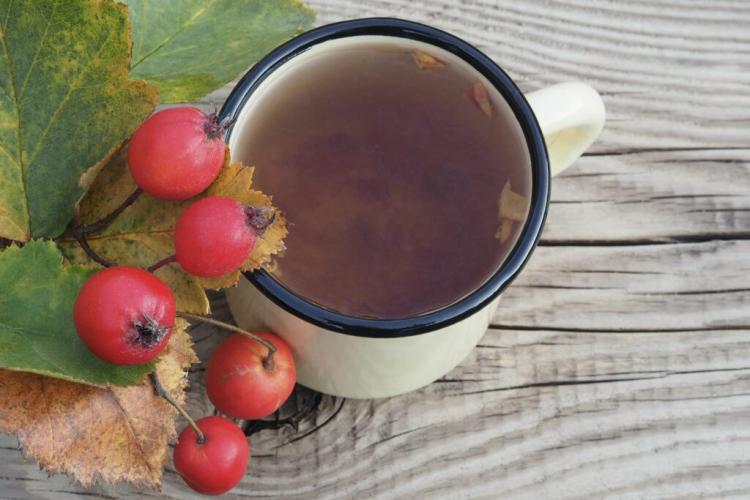
Another important fruit tree for wild hedges is the sloe ( Prunus spinosa ). We will introduce you to the large thorny shrub and give you tips on planting, harvesting, and using sloe fruits.

